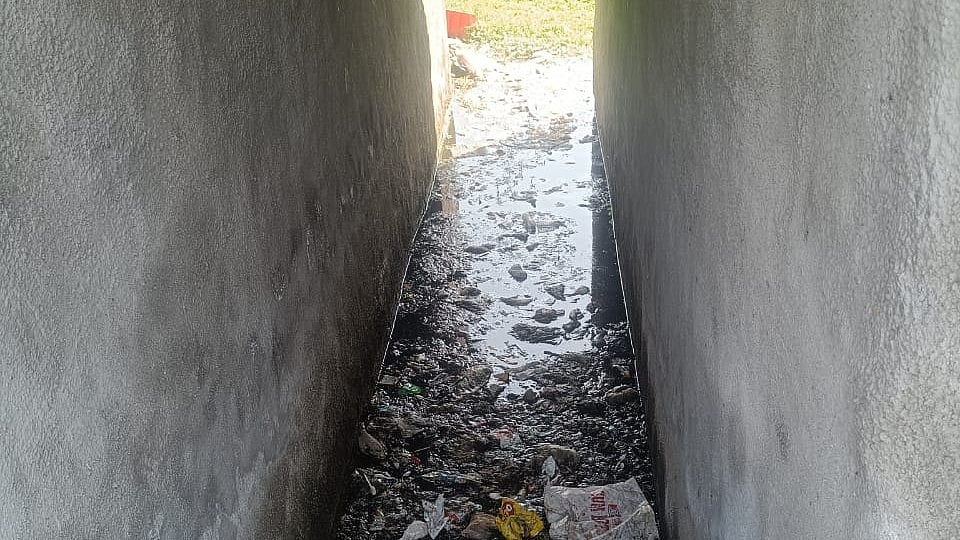FPJ IMPACT IN PUNE: MPCB Issues Show-Cause Notice To DIAT Over Khadakwasla Dam Pollution | FPJ
The Maharashtra Pollution Control Board (MPCB) on Friday issued a show-cause notice to the Defence Institute of Advanced Technology (DIAT) over water pollution in the Khadakwasla Dam.
The Free Press Journal in its February 17 edition highlighted the issue of DIAT’s campus allegedly releasing untreated sewage water directly into the dam. Following complaints from the irrigation department and the FPJ reportage, the MPCB issued a show-cause notice directing the institute to provide an adequate sewage treatment plant (STP) for treating the domestic effluent generated by the institute before releasing the untreated water into the dam.
The notice by MPCB reads, “The educational institute is located in a ‘Pollution Prevention Area’ under the Water (Prevention and Control of Pollution) Act, 1974, and the Air (Prevention and Control of Pollution) Act, 1981, & Authorization under Rule 6 of the Hazardous and Other Wastes (Management and Trans-boundary Movement) Rules, 2016. It is obligatory on your part to provide an adequate Sewage Treatment Plant (STP) for the treatment of domestic effluent generated by your educational institute. In view of the above non-compliances, you are hereby directed to respond as to why further stringent legal actions shall not be initiated against your institute. You are hereby given an opportunity to respond within 3 days from receipt of these directions.”
It also mentioned that the water requirement of the institute is about 947 m³/day (757 m³/day) for domestic purposes, with the generation of effluent of 606 m³/day; however, the institute has not provided an STP plant for the treatment of the same.
JS Salunkhe, regional officer, MPCB Pune, said, “The Board office, after receiving the complaint from the Irrigation Department, Khadakwasla, visited the site to investigate the complaint matter. It was observed that the wastewater/domestic effluent generated from your institute was found disposed of outside the premises of the institute through a nala, and the same nala meets the Khadakwasla Dam. The sample of the nala water mixed with Khadakwasla Dam is blackish in color, with a septic condition and a bad smell. From the records, it has been observed that you have failed to comply with the conditions of various environmental enactments.”
